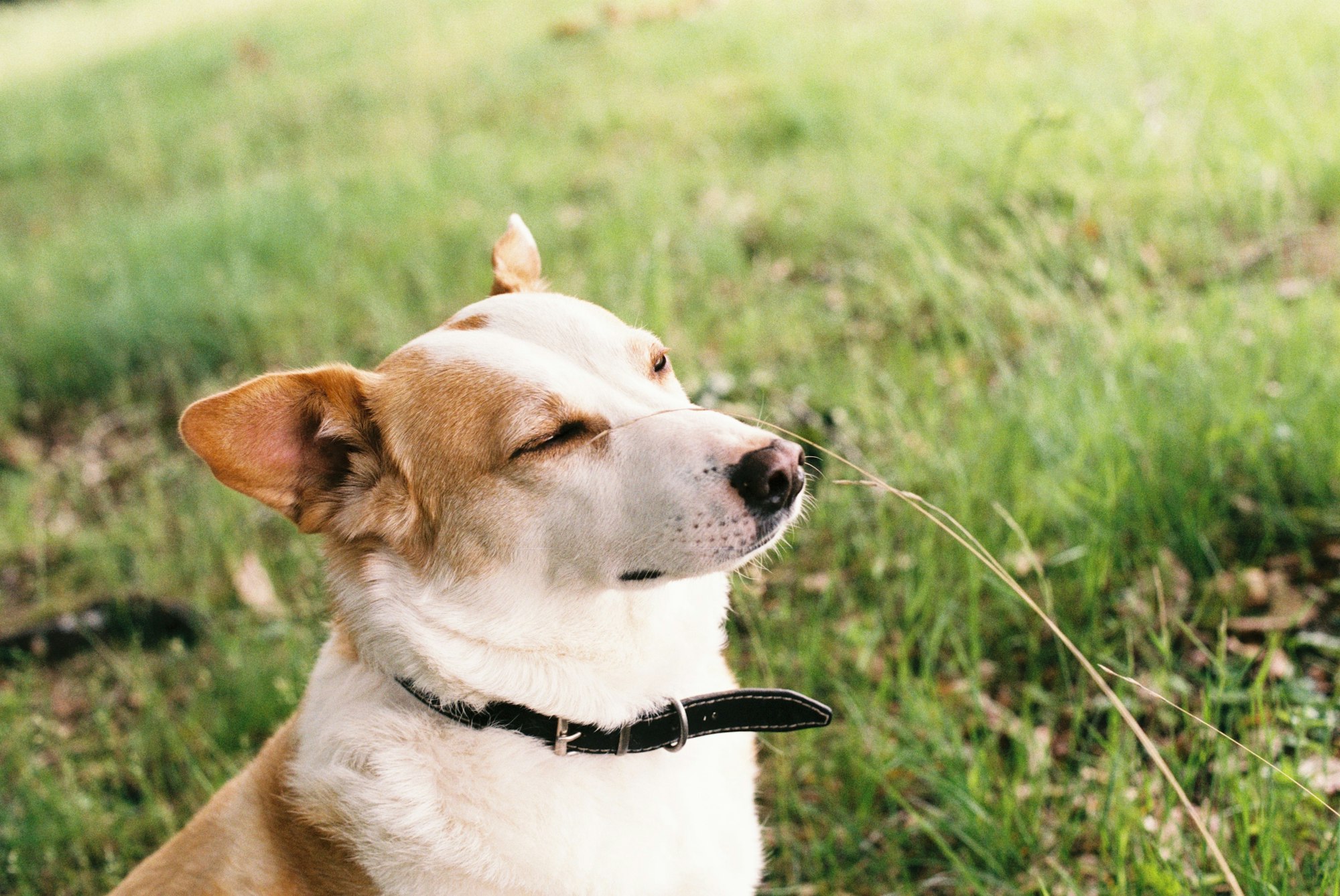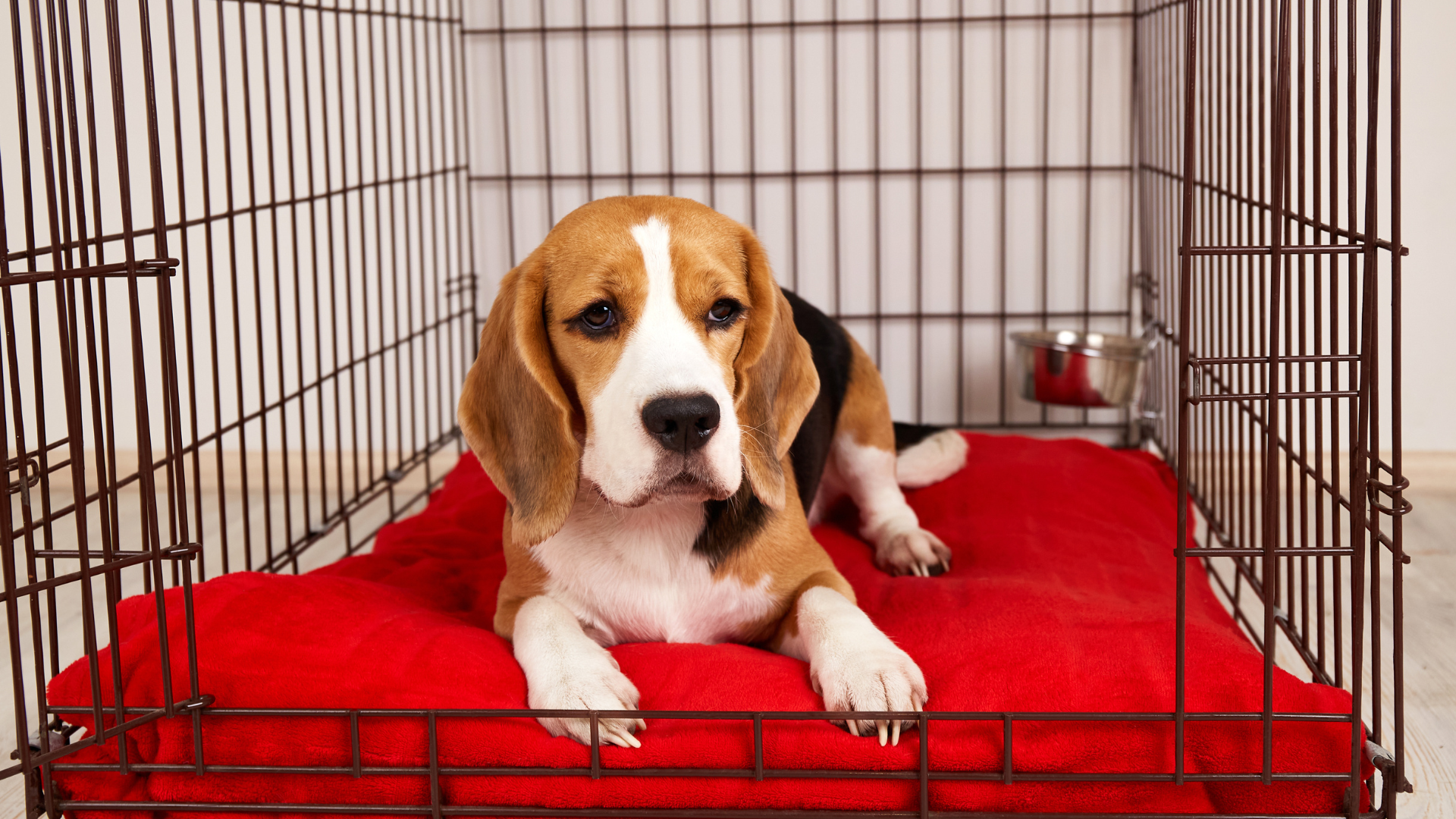Having a well-behaved and relaxed dog is essential for a harmonious relationship between you and your furry friend. Teaching your dog to settle down and relax on cue not only promotes their overall well-being but also helps manage their behavior in various situations. Here, we will explore effective techniques and strategies to train your dog to settle down and relax when needed.
Before diving into the training process, it's crucial to understand why teaching your dog to settle down is valuable. Dogs, like humans, can experience stress and anxiety. Settling down and relaxing on cue helps them manage their emotions and cope with challenging situations, such as thunderstorms, vet visits, or when guests come over.
Preparing the Training Environment

Creating a conducive training environment is essential for successful training sessions. Find a quiet and comfortable space where you and your dog can focus without distractions. Have some treats or rewards readily available to reinforce positive behavior during the training process.
Teaching the "Settle Down" Cue
To teach your dog the "Settle Down" cue, follow these steps:
1. Choose a designated spot: Select a specific area or a comfortable bed where you want your dog to settle down. This spot will serve as their relaxation zone.
2. Capture the behavior: Observe your dog naturally settling down on their own. It could be when they lie down calmly or choose to relax in the designated spot. Use a clicker or a verbal marker (e.g., "Yes!") to mark the behavior.
3. Introduce the cue: Once your dog is in the settling position, say the cue phrase, such as "Settle Down" or "Relax." Use a calm and soothing tone of voice. Be consistent with the chosen cue phrase throughout the training.
4. Offer a reward: Immediately after giving the cue, reward your dog with a treat or praise. Reinforce the connection between the cue and the desired behavior. Repeat this step several times.
5. Repeat and practice: Practice the "Settle Down" cue in various situations and locations. Gradually increase the distractions and duration. Remember to reward your dog each time they respond correctly to the cue.
6. Fade out the lure: Initially, you may use a lure, such as a treat, to guide your dog into the settling position. As they become familiar with the cue, gradually reduce the lure until they respond to the verbal cue alone.
7. Reinforce and generalize: Consistently reinforce the "Settle Down" behavior. Praise and reward your dog whenever they settle down on cue, reinforcing their understanding and willingness to comply. Practice the cue in different environments to ensure generalization.
Reinforcing the Behavior

Reinforcing the "Settle Down" behavior is crucial for long-term success. Here are some tips to reinforce the behavior effectively:
1. Consistent rewards: Be consistent in rewarding your dog each time they settle down on cue. Use treats, verbal praise, or a combination of both to let them know they've done well.
2. Timing is key: Deliver the reward immediately after your dog settles down. This helps them associate the behavior with the reward and reinforces the desired action.
3. Varied rewards: Keep your dog engaged and motivated by using a variety of rewards. Use high-value treats, verbal praise, or their favorite toy to reinforce the behavior. Mix it up to prevent predictability.
4. Gradual fading of rewards: As your dog becomes proficient in settling down on cue, gradually reduce the frequency of treats and rely more on verbal praise and intermittent rewards. This helps maintain the behavior without constant reliance on treats.
5. Random reinforcement: Intermittently reinforce the "Settle Down" behavior even after your dog has learned it. Randomly reward them to keep the behavior strong and prevent them from relying solely on predictable rewards.
6. Positive reinforcement only: Avoid using punishment or negative reinforcement when training the settle-down behavior. Positive reinforcement creates a positive association and promotes a calm and willing response from your dog.
Remember, consistency and patience are key when teaching and reinforcing the "Settle Down" cue. With time and practice, your dog will learn to relax and settle down on cue, creating a peaceful environment for both of you.
Practicing Settling Down in Different Environments
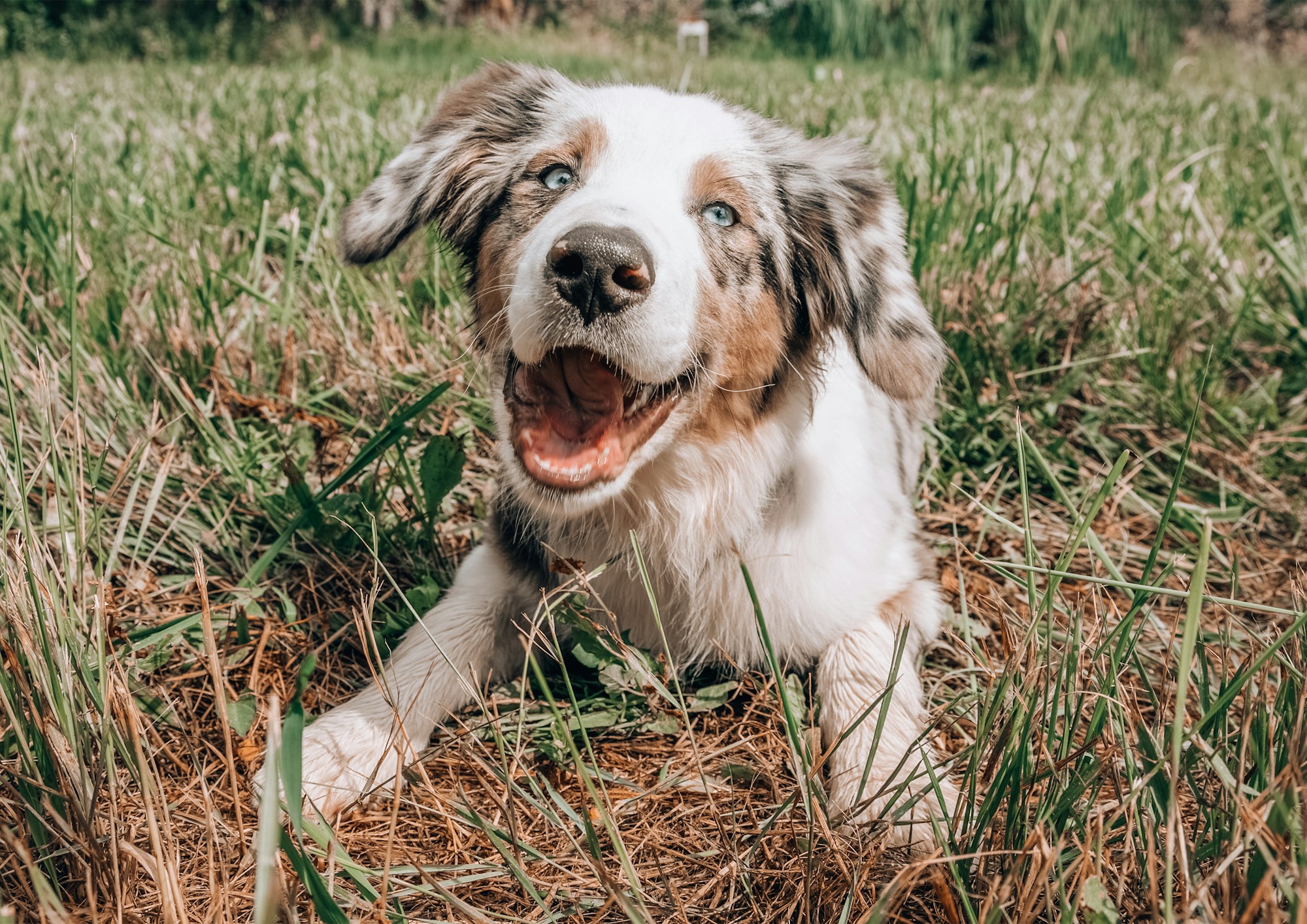
Once your dog has grasped the "Settle Down" cue in a controlled environment, it's necessary to practice in different environments. This helps your dog generalize the behavior and understand that settling down is expected regardless of the surroundings. Follow these steps to practice settling down in various environments:
1. Start with controlled distractions: Begin practicing in slightly more distracting environments within your home. For example, introduce mild noises or movements that might catch your dog's attention but aren't overly stimulating.
2. Gradually increase the distractions: Slowly expose your dog to more challenging distractions. This could include outdoor noises, other animals, or mild activity around them. Use the settle-down cue and reward your dog for maintaining the desired behavior.
3. Practice in public spaces: Once your dog is comfortably settling down at home, take them to public spaces like parks or outdoor cafes. These environments provide new sights, sounds, and smells. Use the cue and reinforce the behavior as needed.
4. Maintain consistency: Regardless of the environment, be consistent with your cues and expectations. Reinforce settling down with rewards and praise, ensuring your dog understands that the behavior is expected no matter where they are.
Troubleshooting Challenges
During the training process, you may encounter challenges. Here are some common challenges and troubleshooting tips:
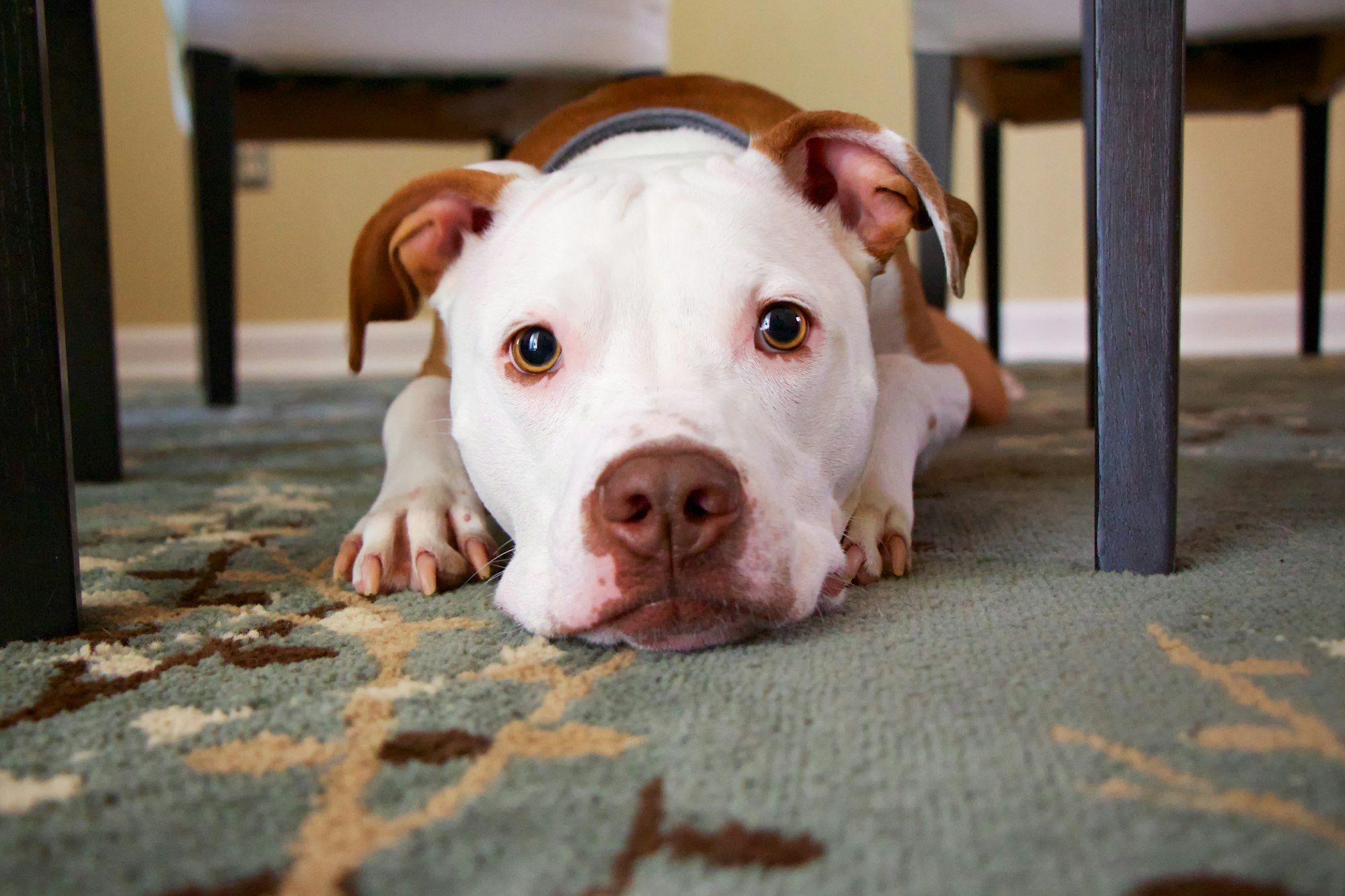
1. Lack of interest: If your dog seems disinterested in settling down, check for any underlying physical discomfort or distractions in the environment. Ensure the training area is calm and comfortable. You may need to adjust the training environment or try different rewards to increase motivation.
2. Difficulty with duration: Some dogs may struggle to maintain the settle-down position for an extended period. Gradually increase the duration over multiple training sessions. Reward small increments of time initially and gradually work up to longer durations.
3. Distractions: If your dog gets easily distracted during the settle-down training, start with minimal distractions and gradually introduce more challenging ones. Reinforce the behavior when your dog successfully settles down despite distractions. It may also help to use a calm and confident tone of voice during the training.
4. Anxiety or restlessness: If your dog shows signs of anxiety or restlessness during the settle-down training, consider incorporating relaxation techniques, such as calming music, aromatherapy, or massage. These techniques can help create a more soothing environment and aid in relaxation.
5. Seek professional help: If you're experiencing persistent challenges or your dog's behavior indicates underlying issues, consider consulting a professional dog trainer or behaviorist. They can provide personalized guidance and support tailored to your dog's specific needs.
Incorporating Relaxation Techniques
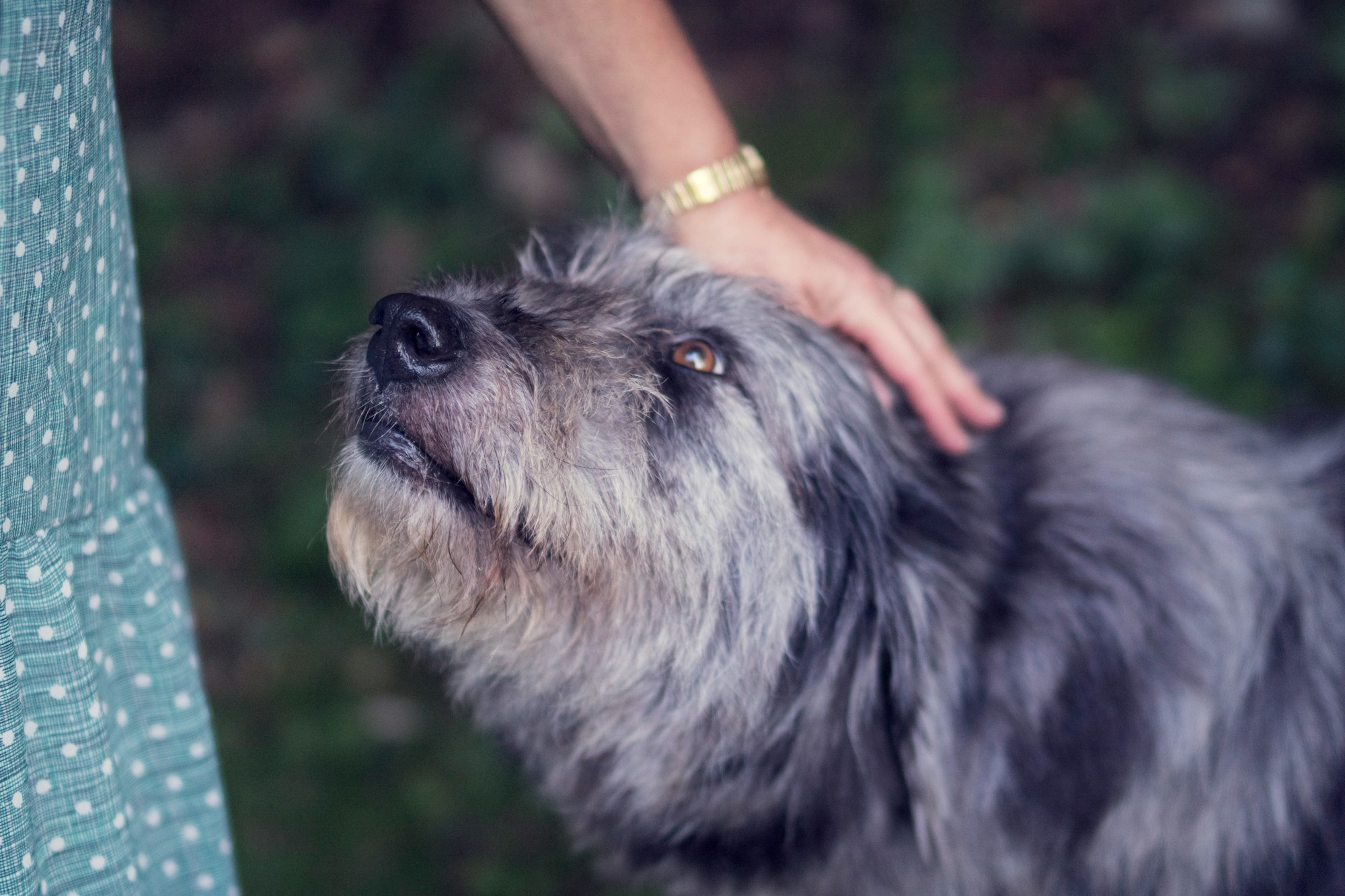
In addition to teaching the "Settle Down" cue, incorporating relaxation techniques can enhance your dog's ability to relax on cue. Here are a few techniques you can try:
1. Massage: Gently massaging your dog's muscles can help release tension and promote relaxation. Use slow, soothing strokes while paying attention to their body language and adjusting pressure accordingly.
2. Calming music: Playing soft, calming music or nature sounds can create a peaceful environment. Choose music specifically designed for dogs, as it can have a soothing effect on their nervous system.
3. Aromatherapy: Certain scents, such as lavender or chamomile, are known for their relaxing properties. Use dog-safe essential oils or diffusers to introduce these scents into your dog's environment.
4. T-Touch method: The T-Touch method involves gentle touches and lifts to specific areas of your dog's body. It can help reduce separation anxiety and promote relaxation. Learn the technique from a professional or reputable resource before practicing it.
Remember, each dog is unique, and it may take time to find the techniques that work best for your furry friend. Be patient, and consistent, and observe their responses to determine what relaxation techniques are most effective in helping them settle down and relax on cue.
Building a Routine
Establishing a consistent routine is essential when teaching your dog to settle down and relax on cue. A routine provides structure and predictability, which can greatly assist in their training. Follow these steps to build a routine:
1. Set designated relaxation times: Determine specific times during the day when you want your dog to practice settling down. For example, you can incorporate relaxation sessions after exercise or during quieter parts of the day.
2. Create a cue for relaxation: Develop a separate cue or signal that indicates it's time for your dog to settle down. This can be a specific word or a visual signal, such as dimming the lights or lighting a scented candle.
3. Designate a settling spot: Choose a comfortable spot where your dog can relax during their designated relaxation times. It could be a cozy bed, a mat, or a designated area with their favorite blanket.
4. Use the settle down cue: Use the "Settle Down" cue you previously taught your dog to indicate it's time for them to relax. Guide them to their designated settling spot and reinforce the behavior with rewards and praise.
5. Be consistent with timing: Stick to the designated relaxation times and ensure they occur at regular intervals. Consistency helps your dog understand the routine and what is expected of them.
6. Incorporate relaxation techniques: During the designated relaxation times, consider incorporating relaxation techniques like massage, calming music, or aromatherapy to create a calming atmosphere and aid in relaxation.
7. Gradually increase the duration: As your dog becomes more comfortable with the routine, gradually increase the duration of their relaxation sessions. Start with shorter periods and slowly extend them over time.

Expanding the Training to Real-Life Scenarios
Once your dog has learned to settle down and relax in controlled environments, it's critical to expand the training to real-life scenarios. This helps them generalize the behavior and respond appropriately in various situations. Follow these steps to expand the training:
1. Practice in the presence of distractions: Introduce controlled distractions that simulate real-life situations. For example, have someone walk by or play a recording of common noises your dog might encounter.
2. Use the settle-down cue: Prompt your dog to settle down using the cue you've established. Reinforce the behavior with rewards and praise when they respond appropriately, even with distractions present.
3. Gradually increase the difficulty: Progressively expose your dog to more challenging scenarios, such as outdoor environments with higher levels of distractions. Gradually increase the complexity of the distractions to ensure your dog maintains their settled state.
4. Reinforce calm behavior: Whenever your dog demonstrates calm behavior in real-life situations, reinforce it with rewards and praise. This helps solidify their understanding of settling down regardless of the environment.
Maintaining Consistency and Patience
Consistency and patience are key when teaching your dog to settle down and relax on cue. Follow these guidelines to maintain consistency and patience throughout the training process:
1. Stick to the routine: Maintain a consistent schedule for relaxation times and practice sessions. Dogs thrive on routine, and repetition helps reinforce the behavior.
2. Use the same cue: Continuously use the same settle-down cue you've established. Consistency in your verbal or visual cue helps your dog understand what is expected of them.
3. Be patient and positive: Remember that every dog learns at their own pace. Stay patient and avoid getting frustrated or showing negative emotions during the training. Positive reinforcement and a calm demeanor yield better results.
4. Practice regularly: Consistent practice is crucial for reinforcing the settle-down behavior. Set aside regular training sessions and incorporate relaxation times into your daily routine.
5. Celebrate progress: Recognize and celebrate your dog's progress and achievements along the way. Acknowledge even small steps toward the desired behavior to keep both you and your dog motivated.
By building a routine, expanding the training to real-life scenarios, and maintaining consistency and patience, you'll help your dog develop the valuable skill of settling down and relaxing on cue. Enjoy the journey of strengthening your bond and creating a peaceful environment for both you and your furry companion.
Ensuring a Relaxing Environment
Creating a relaxing environment for your dog plays a significant role in their ability to settle down. Provide a comfortable bed or mat, ensure the room temperature is pleasant, and minimize noise and disturbances. A peaceful environment will facilitate relaxation and reinforce the desired behavior.
Calming Tools and Celebrating Progress
Certain tools and accessories can aid in calming your dog and enhancing their ability to settle down. Consider using pheromone diffusers, calming sprays, or anxiety wraps to provide additional support during training and in stressful situations.
Recognize and celebrate your dog's progress and successes throughout the training journey. Each small step forward is an achievement. Celebrating their accomplishments with praise, treats, or extra playtime strengthens the bond between you and your dog.

Conclusion
Teaching your dog to settle down and relax on cue is a valuable skill that promotes their well-being and enhances your relationship. By following the outlined techniques and strategies in this article, you can help your good family dogs achieve a calm and relaxed state when needed, leading to a happier and more harmonious life together.
FAQs
1. How long does it take to train a dog to settle down? The training duration varies depending on the dog's temperament and previous training experience. It may take a few weeks to several months to establish a reliable settle-down behavior.
2. Can I use treats other than food rewards during training? Absolutely! You can use your dog's favorite puzzle toys or any other rewards that motivate them. The key is to find something that your dog finds rewarding and enjoyable.
3. My dog gets restless during thunderstorms. Can the Settle Down training help? Yes, teaching your dog to settle down can be beneficial during thunderstorms. The training helps them manage anxiety and promotes a calmer response to stressful situations.
4. Is it necessary to use a specific settling spot during training? Having a designated settling spot, such as a mat or bed, can help your dog understand where they should go to settle down. However, you can also teach them to settle down on any comfortable surface.
5. What if my dog doesn't respond to the settle-down cue? If your dog doesn't respond to the settle-down cue initially, remain patient and continue practicing. You may need to reinforce the association between the cue and the behavior by using more enticing rewards or seeking professional guidance.
